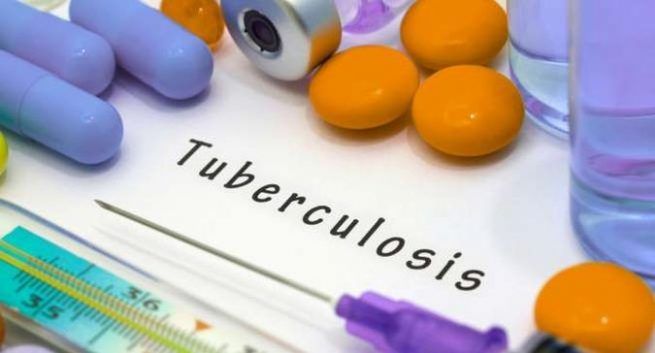New York: New diagnostic tools such as Machine Learning and precision medicine could help identify tuberculosis patients with the highest risk of reactivation of the disease, say researchers.
Researchers from the University of Michigan in the US have shown that identifying multiple biomarkers can provide a more accurate diagnosis for patients with Latent Tuberculosis Infection (LTBI).
LTBI is when a person is infected with Mycobacterium tuberculosis but does not have active tuberculosis.
“A multi-array test can provide a more detailed, disease specific glimpse into patient’s infection and likely outcome,” said Ryan Bailey, Professor at the varsity.
“Using a precision medicine approach reveals previously obscured diagnostic signatures and reactivation risk potential,” said Bailey.
The new diagnostic tools will help identify patients with the highest risk of reactivation and will benefit from therapy, said the researchers.
In addition, the tools will reduce some of the side effects of over treatment and can be used in the detection of other diseases like autoimmune diseases and cancer, according to the study, published in Integrative Biology.
Currently, LTBI is tested through a skin scratch test or a blood test that can identify one biomarker but cannot distinguish between memory immune response, vaccine-initiated response, and non-tuberculous mycobacteria exposure.
The possibility of correctly identifying the disease through these tests is less than five per cent.
LTBI affects nearly two billion individuals around the world and about 10 per cent of those cases result in active tuberculosis. The reactivation from latency can happen anytime and the mechanism for it is not well-understood.
For the study, the team included 50 people.
IANS
